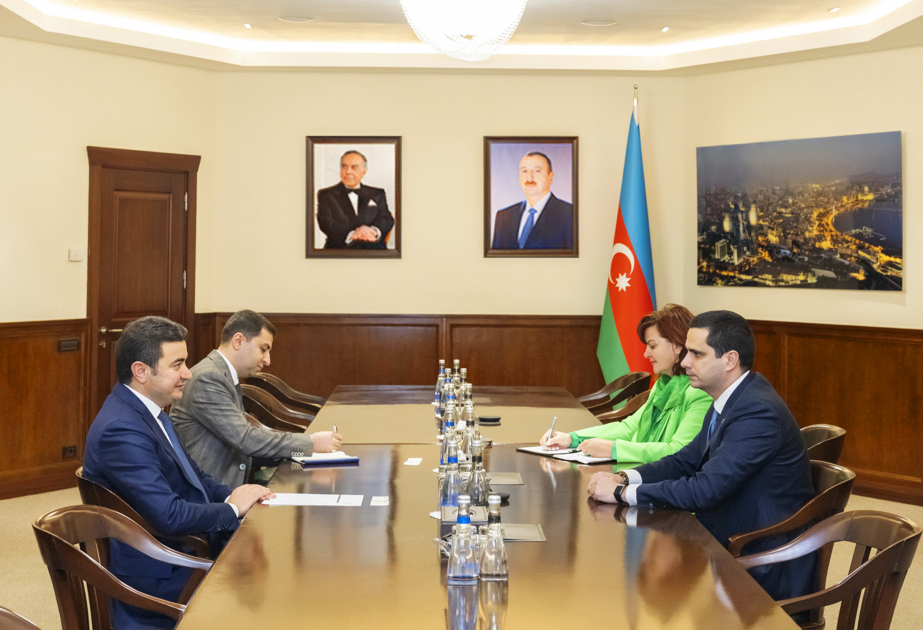“Whatever you do, but don't forget the genocide. Because a forgotten genocide is repeated,” said Bosnian politician Alija Izetbegovic. Probably, the Azerbaijani people understand his famous words better than anyone else. For 30 years, the wounds of this tragedy did not heal and were passed on to us, the future generations. As a result of such upbringing, today we find physical and spiritual peace when we enter lands liberated from enemy occupation, which we have heard about more than once from the older generation and read about in textbooks.
In September 2023, after local anti-terrorist operations of the Azerbaijani army, the 30-year-old wound completely healed, we were healed, taking revenge for historical injustice. Today, the tricolor flag of Azerbaijan flies majestically in Khankandi, Agdara, Khojaly and other liberated territories.
The calendar marked February 26, 1992, when the world faced one of the worst massacres in human history. Residents of Khojaly still remember these events as a nightmare.
On the night of February 25-26
We honor the 32nd anniversary of the Khojaly genocide, which is a black spot in the history of mankind. However, this year we honor the memory of the victims of the Khojaly tragedy as a victorious, proud people. Probably, the souls of thousands of Azerbaijanis who became victims of Armenian cruelty have already found peace.
Exactly 32 years later, we go to Khojaly - the capital of sadness - together with Zanura Salimova, who escaped from Armenian oppression with a four-month-old baby in her womb on the night of February 26, 1992. Our conversation is as long as the journey, but the conversation did not begin with memories of that terrible night...
On the way, Zanura Khanum begins to talk about the beautiful nature of Khojaly, the fertility of the soil, fruitful gardens and cultivation of the land three times a year. According to her, Baku fruits and vegetables do not have the same aroma and taste as those in Khojaly.
I am silent... And I understand that, apart from the tragedy, I know little about Khojaly.
It’s strange that all these years, when I thought about Khojaly, I always remembered only the genocide, the tragic death of 613 people, the suffering of children, women and the elderly. I even remembered the names of such geographical places as Gargarachay, Kyatik forest, Garagaya in connection with this tragedy. Therefore, I think that I should not rush to start a conversation about the horrors that happened on the night of February 25...
As we approach the city of Asgaran, traces of suffering appear on Zanura Khanum’s face. She remembers her uncle, who was brutally killed in Armenian captivity: “My uncle was a tall, quite healthy man, but he endured such horrors that he could not return alive from captivity. He had six gold teeth pulled out with pliers. Then they dragged him along the ground, tied both hands to the KAMAZ vehicle, and when they saw that he was still alive, they sent him back to the detention center to continue their torture. There he was beaten to death with the butt of a machine gun. After the last blow with an iron nail puller, my uncle died on the spot.”
Meeting point of the dead and the living
That night, some of the witnesses to the tragedy took refuge in the Agdam mosque and waited in the hope of finding their loved ones alive or dead. The Agdam mosque became like a meeting point for the living and dead Khojaly residents. The corpses were mostly unrecognizable from torture, and people spent every day waiting, trying to recognize their loved ones by the smallest physical signs....
Drops of tears sliding down Zanura Khanum’s cheeks are accompanied by sobs, and after a short pause she continues:
“My uncle’s body was taken to the Agdam mosque five days later. My mother began to look for her brother Huseyn Azizov among the corpses, and since his face was unrecognizable, she recognized him by the tattoo on his hand. My uncle’s eyes were raised to his forehead from the blows, his skull was “pierced and devastated. The Armenians mocked not only the prisoners, but also the corpses of the dead.”
What we heard plunged us into a “screaming” silence.
Finally, we reach Khojaly, we stand at the intersection of history and fate, where that turning point took place that changed the lives of hundreds of unarmed civilians...
Since the threat of mines still exists in the liberated territories, we are accompanied by Rasim Ibrahimov, an employee of the Agency of the Republic of Azerbaijan for Mine Action (ANAMA). My attention is still focused on Zanura khanum, I am observing her emotions and excitement, trying to determine if everything is okay with her...
We are heading to the house of Zanura Khanum, where we will hear about the horrors of the night from February 25 to 26, 1992 from the lips of a living witness. I am as excited as Zanura Khanum, because it is very difficult for a person who survived that horror to again face bitter memories 32 years later at the very epicenter of the tragedy.
Her first words: “Oh God! What have they turned Khojaly into!”
Then she shows us her father's house and the ruins of her neighbors' houses, and begins to list their names.
- You still remember!
- I remember all the roads, paths, everything connected with Khojaly. And our school.
- What is this?
- There were two schools in Khojaly: No. 1 and No. 2. School No. 1, where I studied, was turned into a cannery.
The aroma of bread, a burning lamp, a glass from a dowry...
We are standing in front of Zanura Khanum's house. Let's go inside. The house has been looted, and nothing remains but empty walls and collapsed floors... The old house is not suitable for living, so it is being repaired at the expense of the state.
“I moved into this house after marriage, but lived here happily for only four months. When I ran out of the house, the lamp remained on in this room (shows her room). I can still smell the aroma of the bread I baked that day... I could not even imagine that this night would turn out to be so terrible... I was not lucky enough to use any of the glasses from my dowry,” Zanura Khanum said in a trembling voice and fell silent...
We then ask her to describe the night of the tragedy. She says that since Khojaly was under siege, the men took turns on duty at night:
“That night it was my husband’s turn. Suddenly a voice was heard from the back window of the house. The husband was calling his brother, Faiq. My brother-in-law ran out into the street. He was informed that the Armenians were attacking from all sides. My mother-in-law and I followed them into the yard. Since she was sick, her husband and brother-in-law began to carry her on their backs. We started running to get to the basement of a five-story building. Armenian armed forces entered the village and opened fire. The flames from the shells illuminated the dark sky. Everyone was terrified. Basement was not far, but heavy snowfall made it difficult for us to travel. My mother-in-law asked me to leave her in order to get there faster, but we couldn’t do it. How can you leave your mother?! The crying of women and children is still in my ears...
It’s been 32 years since the tragedy, but every time I talk about it, I feel like I’m reliving everything all over again. When I came to this house as a bride, there was an elderly mother there, and I left the house with her. However, today I returned here without her and without my child, who died three months after birth due to injuries received in the womb. Being pregnant, I crossed Gargarachay, the Katik forest, and Garagaya on foot.”
A little later we go to the very basement where the Khojaly residents were hiding. Although the foggy weather makes our journey difficult, it helps us to feel the horror of that night even more...
The first shelter of those who escaped death is the basement
We are in front of the building. The iron door, reached by a staircase, opens into a basement of five small rooms. After Zanura Khanum’s story at the entrance to the basement, the pungent smell depicts in my head the painful and terrible events experienced here. I wonder how many people took refuge in this small place, trying to survive?
Zanura Khanum speaks, and I record her voice, since it seems impossible to concentrate in such a place and then remember what was said.
People hid here that night for about an hour, to cross Gargarachay then, move towards the Katik forest, cross Garagaya and get to Agdam.
“An hour later, Elshad, who was standing guard outside, said that we could go to Gargarachay. My mother-in-law did not want to go, but we insisted and took her with us. This basement is a nightmare for me. None of those who were here with me that night are now alive. Some died from an enemy bullet, others from frostbite and other reasons,” Salimova continued.
The brutal Armenians carried out a real genocide of the civilian population in the direction of Gargarachay, in a place called the “Pig Farm.”
We are approaching Gargarachay, on the banks of which some victims of the Khojaly tragedy are buried. We cross the bridge over the river and go down to its right bank.
“This family no longer exists, none of them will open the door of their house in Khojaly”
With her story, Zanura Khanum takes us back to the terrible February night:
“Despite the frosty weather, we all entered the water to cross Gargarachay and move towards the Katik forest. Looking back, I saw that very few of the survivors - about 50 people - managed to cross the river. But that’s not the whole problem. Having somehow crossed the river, on the way to the Katik forest, on a small hill I heard the cry of my teacher Afila Khanum. Her husband Vagif was dying before our eyes from a heart attack. Afila begged for help, but with all our desire we could not help her. Hoarse Vagif’s voice still rings in my ears. Afila and her three children gathered at his head. No matter how we begged, they never came with us. Today this family no longer exists. During the great return to Khojaly, none of them will open the door of their house...”
From the shore of Gargarachay we go to the Katik forest. The forest hidden under the fog became one of the clear witnesses of the Khojaly tragedy. Zanura Khanum, passing through Katik, recalls her experience like a nightmare:
“At night it snowed so heavily that it was impossible to open our eyes and find our way. Difficult weather conditions and dense forest made our escape difficult. Our faces, hands and feet were covered in blood. We repeatedly got lost in the forest. Fortunately, National Hero Alif Hajiyev found us in the forest. When he was trying to lead about 50 people through Garagaya, Armenians passing by in a UAZ car noticed us. At this time, Alif shouted that we needed to quickly cross this territory, since the Armenians could set up an ambush, informing the others. Driving through Garagaya, looking back, I saw that only 10-15 people managed to escape, and the rest became victims of the Armenian executioners. The screams of the wounded were deafening. We, the Khojaly residents, call Garagaya “ganligaya” (“bloody rock”) and will never forget morning of February 26, 1992.”
The place where Chingiz Mustafayev became a martyr
The Azerbaijani people did not know about the tragic events for several days. Most people learned about the Khojaly tragedy after a video recording from the scene made by a young journalist, Chingiz Mustafayev, was shown on television. The footage he shot dealt a serious blow to Armenia’s reputation around the world. These images are still preserved in the television gold reserve as evidence of the massacre.
The journalist himself died about four months after the tragedy not far from that place.
We are heading to the village of Nakhchivanli, where one of the largest massacres took place, to the place where National Hero Chingiz Mustafayev became a martyr on June 15, 1992.
Civilians heading to the city of Agdam along Gargarachay encountered Armenian armed forces near the village of Nakhchivanli (formerly Nakhchivanik - ed.). Here children, women, old and disabled people were killed with particular cruelty. In just one night, at the intersection of Gargarachay and the Katik forest, the Armenians committed the greatest crime in the history of mankind.
On the road to Nakhchivanli, you can see a former stable on the left. I heard that the Armenians brought Azerbaijani prisoners here and tortured them.
We stop to visit the stables. It was here that the Azerbaijanis who were later exchanged with captured Armenians were kept in captivity, who later repeatedly spoke about the torture they suffered. Surprisingly, the stable is still intact and not destroyed.
We reach our last stop - the village of Nakhchivanli, where Chingiz Mustafayev died. Having walked 100-150 meters, we reach the place where the lens of Chingiz’s camera was last pointed. Our National Hero, as well as hundreds of Khojaly residents, became victims of Armenian atrocities here.
Having examined the surrounding area, we pray for the souls of our martyrs and feel that those who shed the martyrs’ blood did not go unpunished...


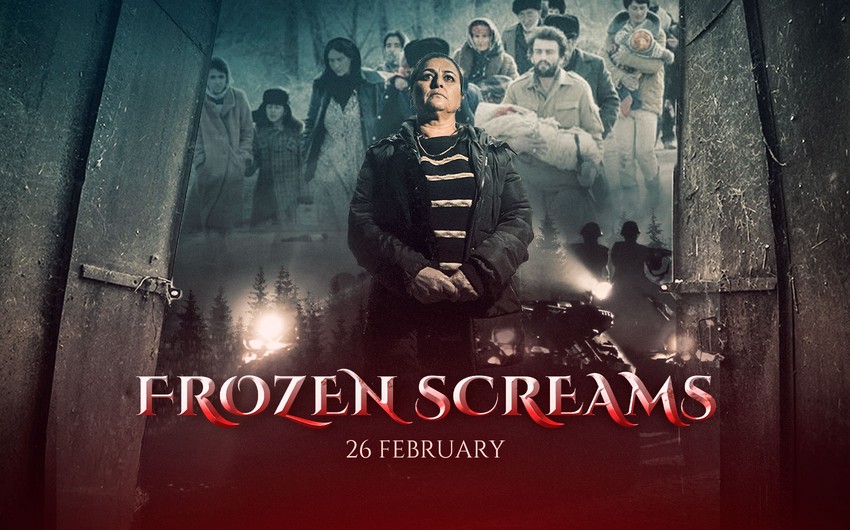

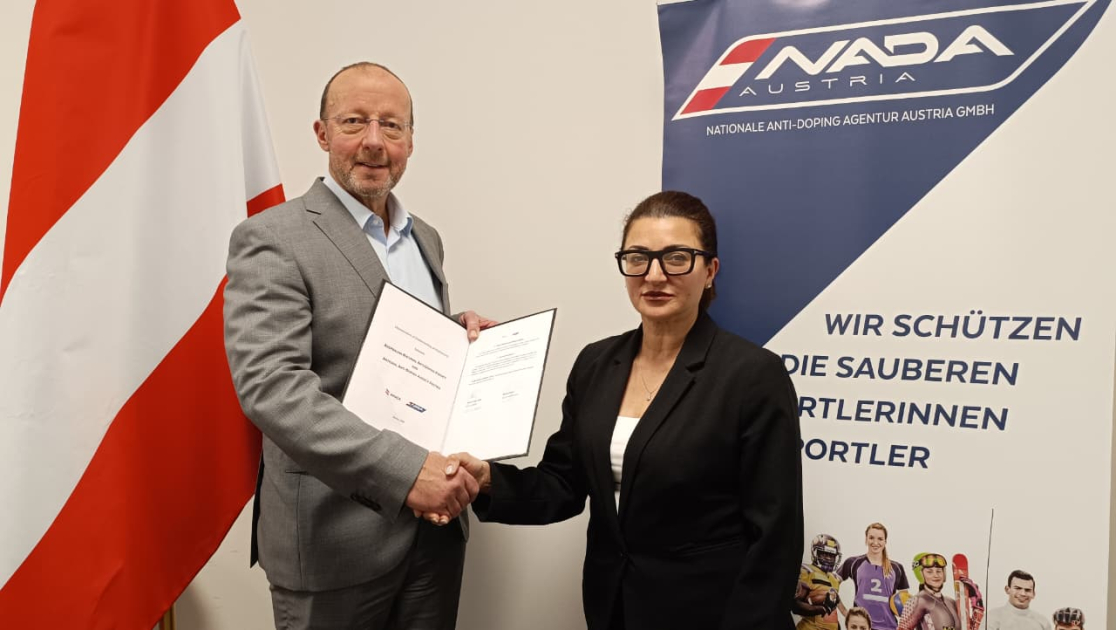

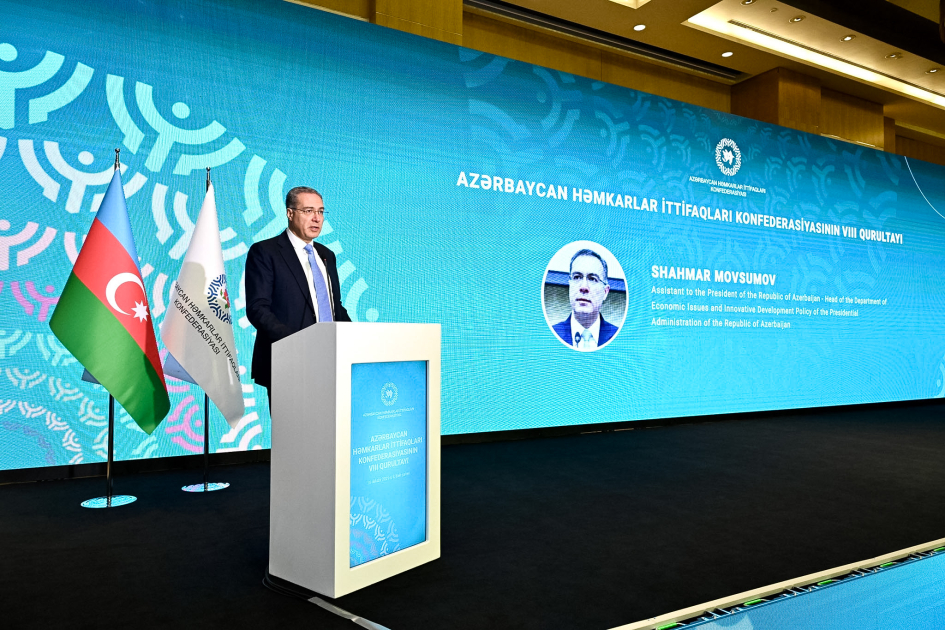

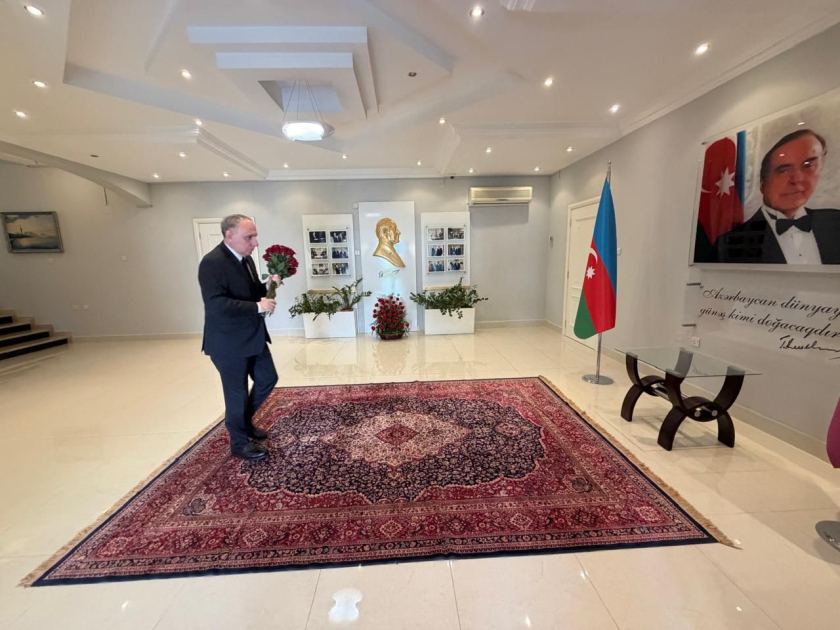
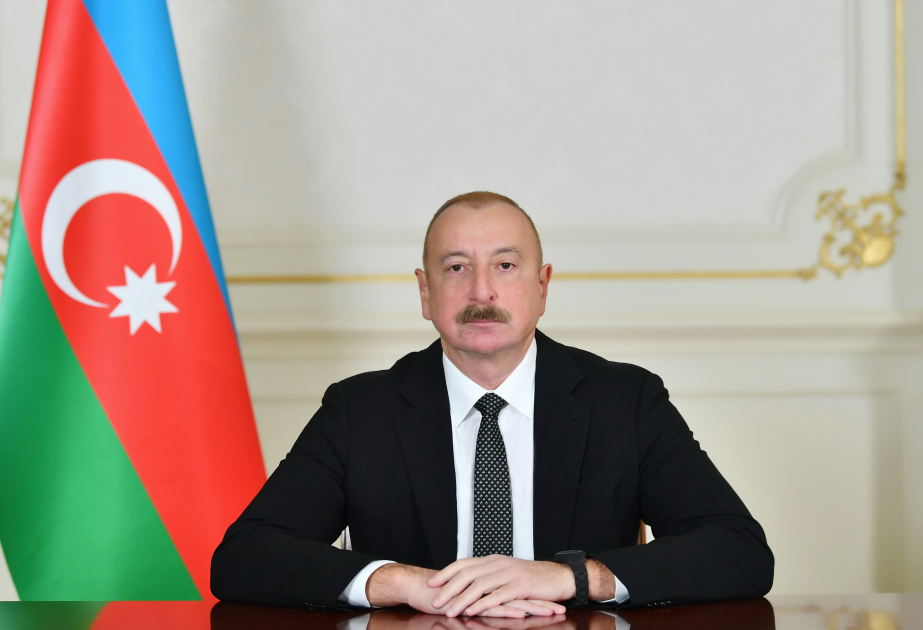


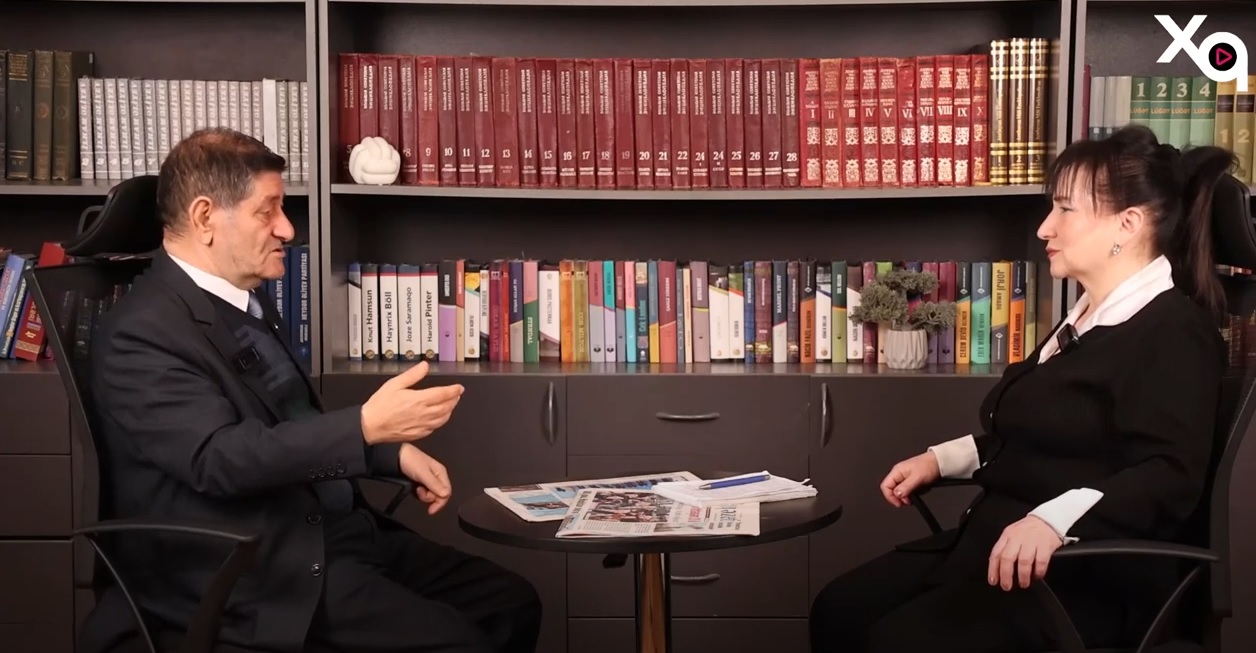

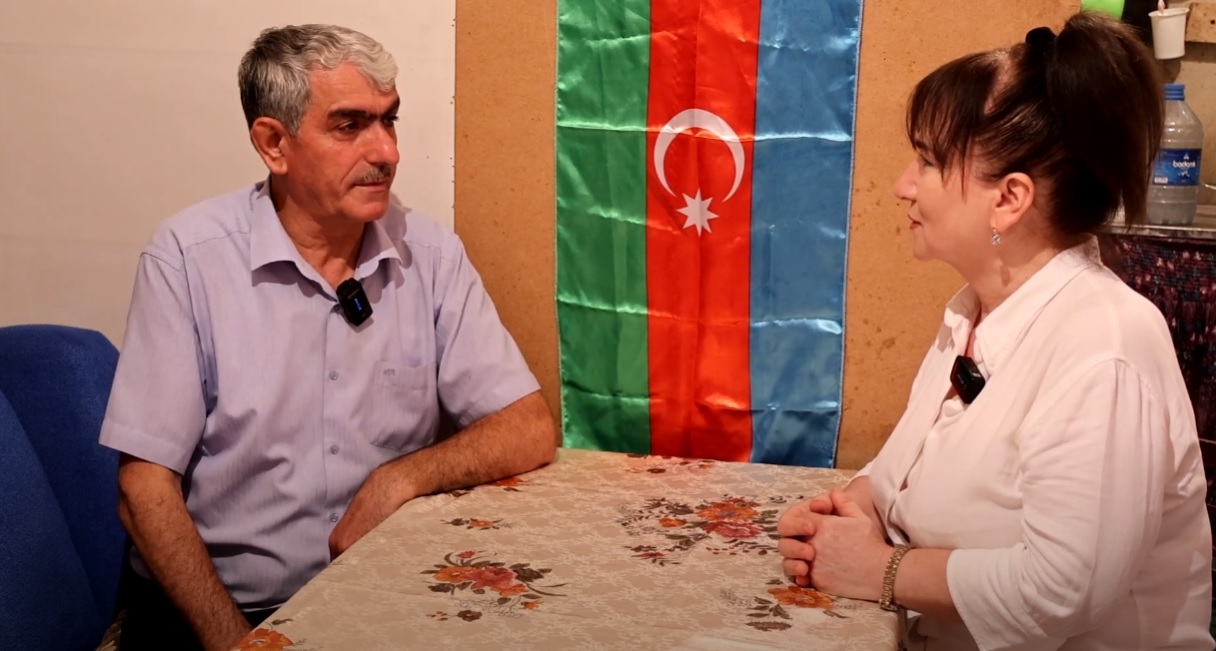
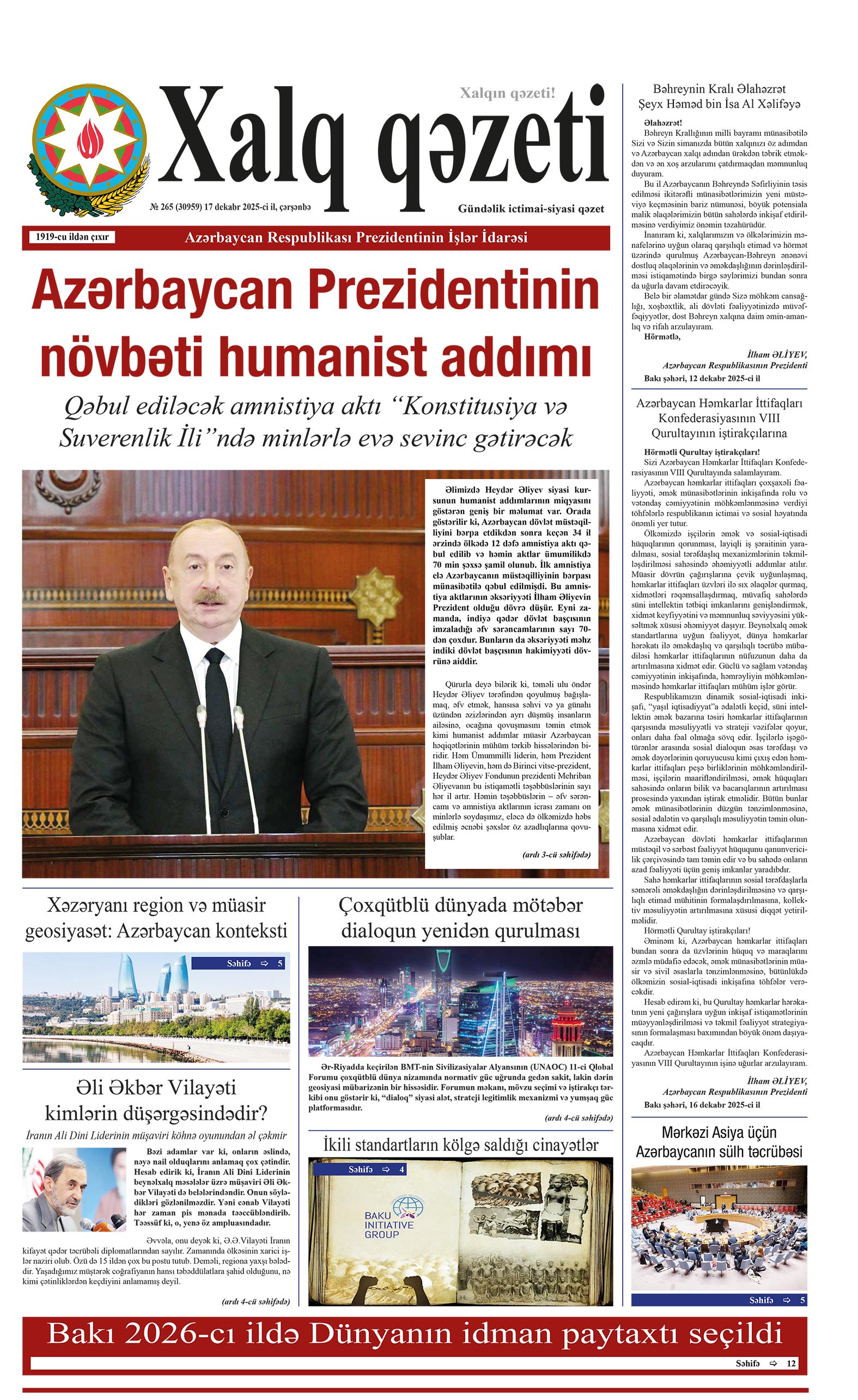
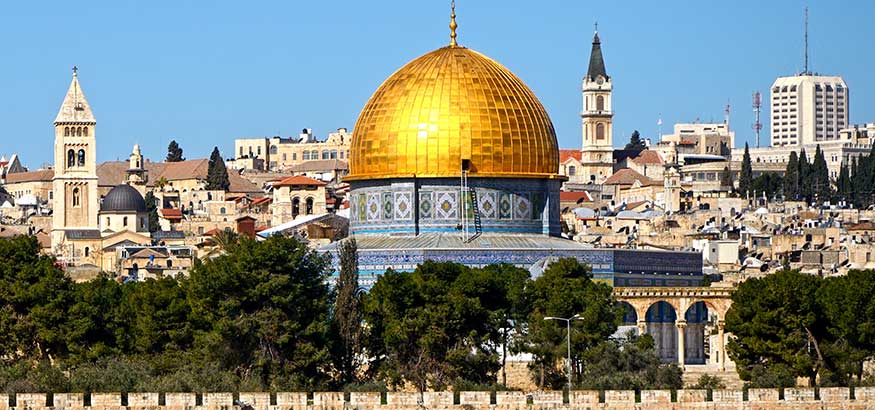
.png)

